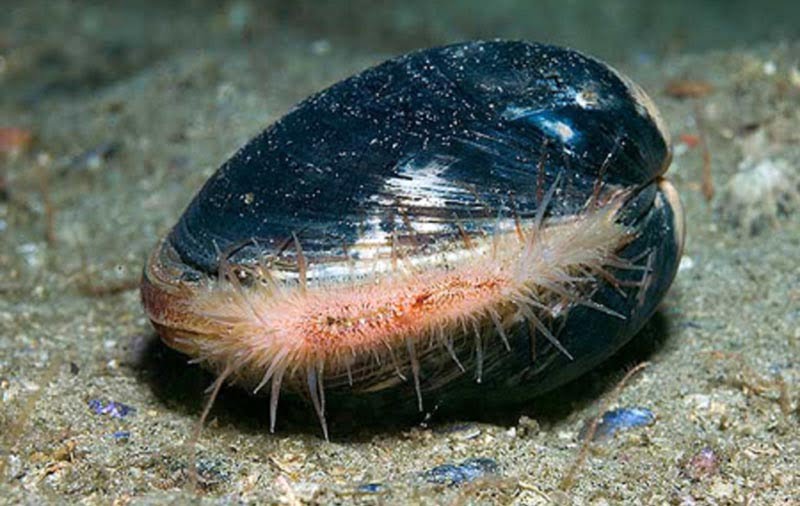Following a public consultation between December 2015 and March 2016, the Department for Agriculture, Environment and Rural Affairs (DAERA) Marine and Fisheries Division in Northern Ireland has designated four new Marine Conservation Zones (MCZs).
The new MCZs are intended to protect clams in Belfast Lough, the habitat of rare black guillemots on Rathlin Island, one of Ireland’s largest seagrass meadows located off the coast of Waterfoot in Co Antrim, and a community of sea pens – a type of soft coral – in Carlingford Lough.
The Department considered comments from stakeholders and undertook further survey work following the consultation, and the boundaries of Waterfoot and Outer Belfast Lough MCZs have since been amended.
The MCZs are listed below together with the features of interest. You can download the details of each MCZ at the provided links:
- Rathlin MCZ – Deep-sea bed, Black guillemot and Geological/geomorphological features indicating past change in relative sea level
- Waterfoot MCZ – Seagrass (Zostera marina) bed on Subtidal (sublittoral) sand
- Outer Belfast Lough MCZ – Ocean quahog (Arctica islandica) and associated habitat Subtidal (sublittoral) sand
- Carlingford Lough MCZ – Philine aperta and Virgularia mirabilis in Subtidal (sublittoral) mud
Together with Strangford Lough, there are now five MCZs in the Northern Ireland inshore region. Strangford Lough was Northern Ireland’s only Marine Nature Reserve but it was redesignated as Northern Ireland’s first MCZ on the introduction of the Marine Act (Northern Ireland) 2013.
Rebecca Hunter, an officer with the Northern Ireland Marine Task Force, said: “We are delighted to see the value of our seas recognised and protected within these areas. Northern Ireland is home to some of Europe’s most important marine wildlife and habitats.
“Marine Conservation Zones provide a real opportunity for the recovery of our seas and with effective management, previously damaged habitats and wildlife can recover. But, we need more of them to fill the gaps and this is only the start of the process.”
MCZs differ from other types of marine protected areas because when designating them, the interests of the users of the sea area may be taken into consideration as well as the nature conservation interests i.e. they will look at what else goes on in the particular sea area and consider what designation may mean for those activities.
In its response to the consultation, the Royal Yachting Association (RYA) raised concerns about the impact of potential management restrictions within the new MCZs on activities associated recreational boating – in particular, anchoring and mooring and vessel speed. In response, the Department has said it will work closely with stakeholders to develop appropriate management measures for each MCZ post designation. Anchoring in emergency situations will not be restricted.
The RYA closely monitors MCZ developments and provides regular updates on the progress of MCZs and MPAs through the Current Affairs hub on the website, its range of e-newsletters and the quarterly RYA Magazine. For further information, see the RYA website www.rya.org.uk/go/MCZs
For more detailed information on the MCZ process in Northern Ireland, please refer to the DAERA website:

